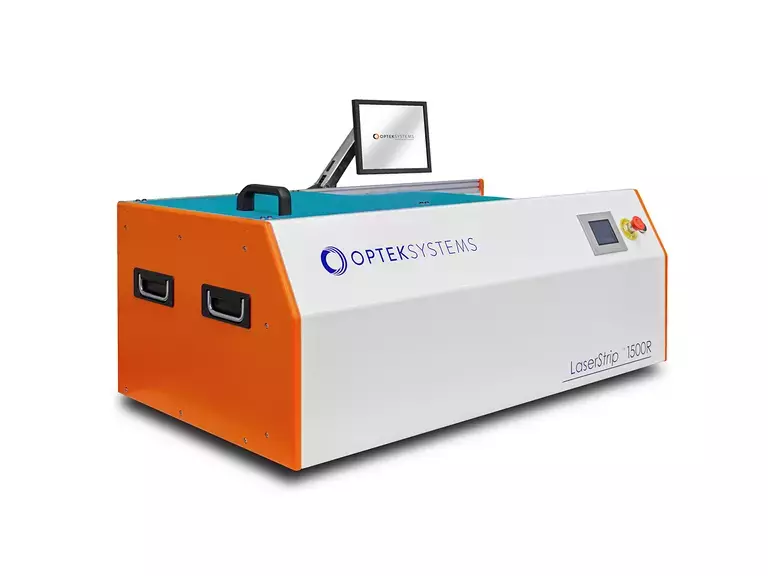Product information "NOVA GEO™ PIC Waveguide & Array Polishing System"
Processing System for Polishing of Waveguides, PICs, PLCs, and Fiber Arrays
The adaptable processing platform of NOVA GEO™ enables it to polish a range of components including waveguides, PIC optical chips, PLCs, and fiber arrays. The angles of polished endfaces can be adjusted from 0 to 50 degrees using either manual or automated workholder stages. Additionally, GEO™ features an adjustable component mounting plate to accommodate varying edge widths and thicknesses.
Optional video inspection systems are available to monitor the polishing process and directly inspect the polished surface within GEO™. This in-line viewing capability reduces material handling and provides a way to verify endface geometry prior to component removal from the machine.
Applications: Polishing of components, such as waveguides, PIC optical chips, PLCs, and fiber arrays








